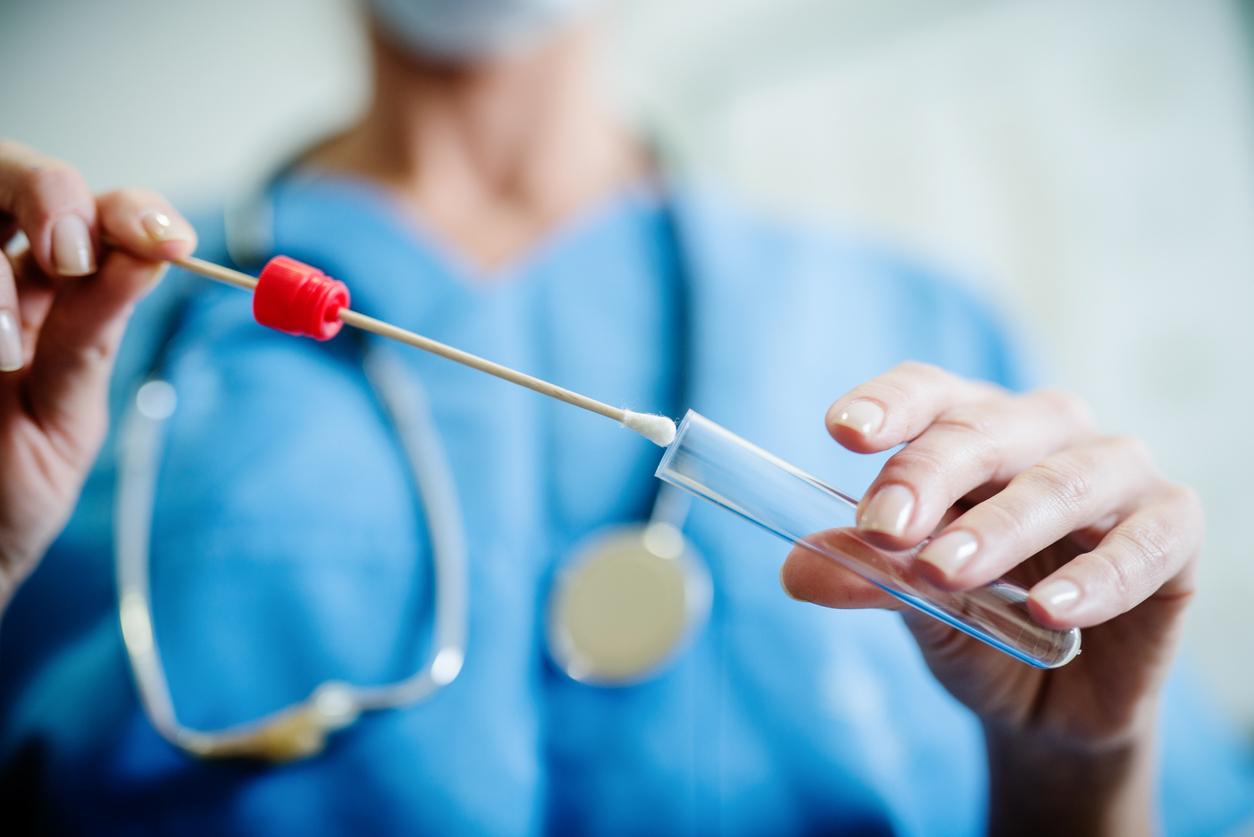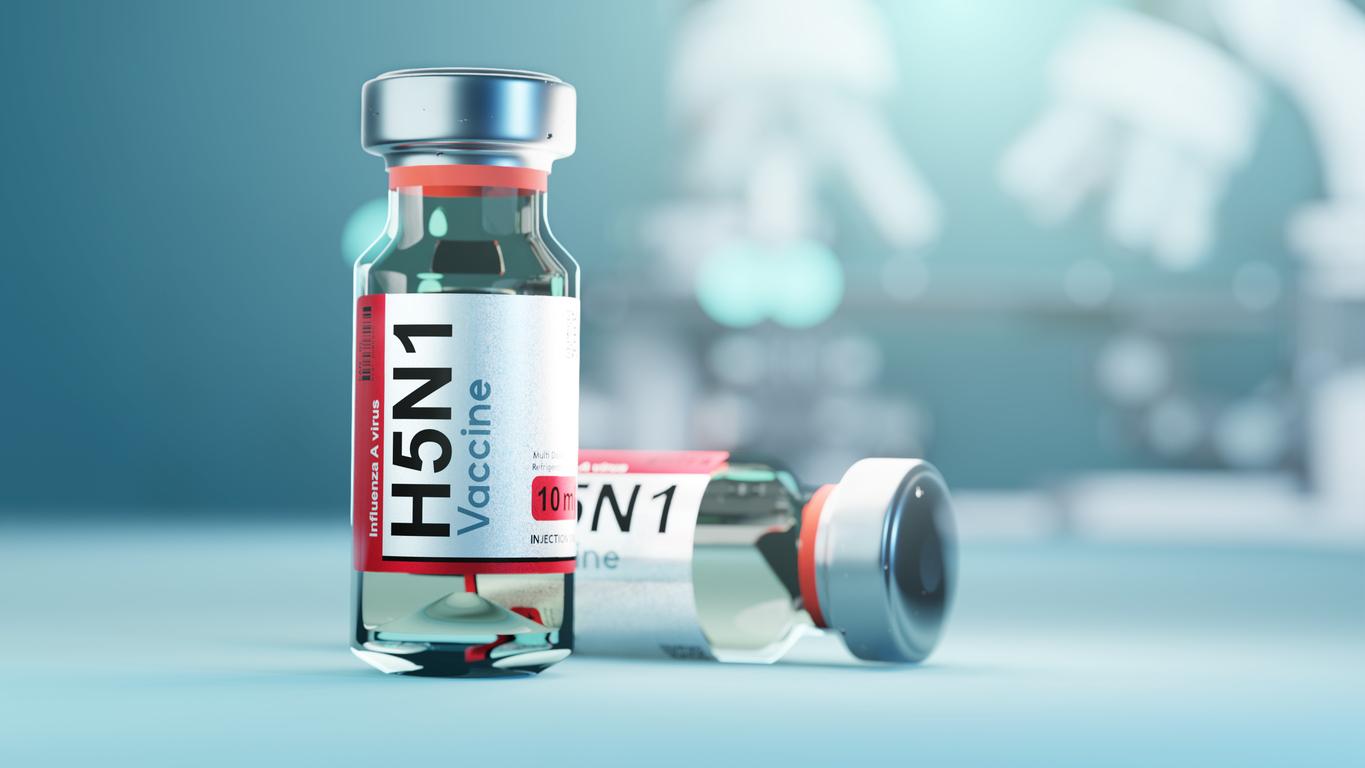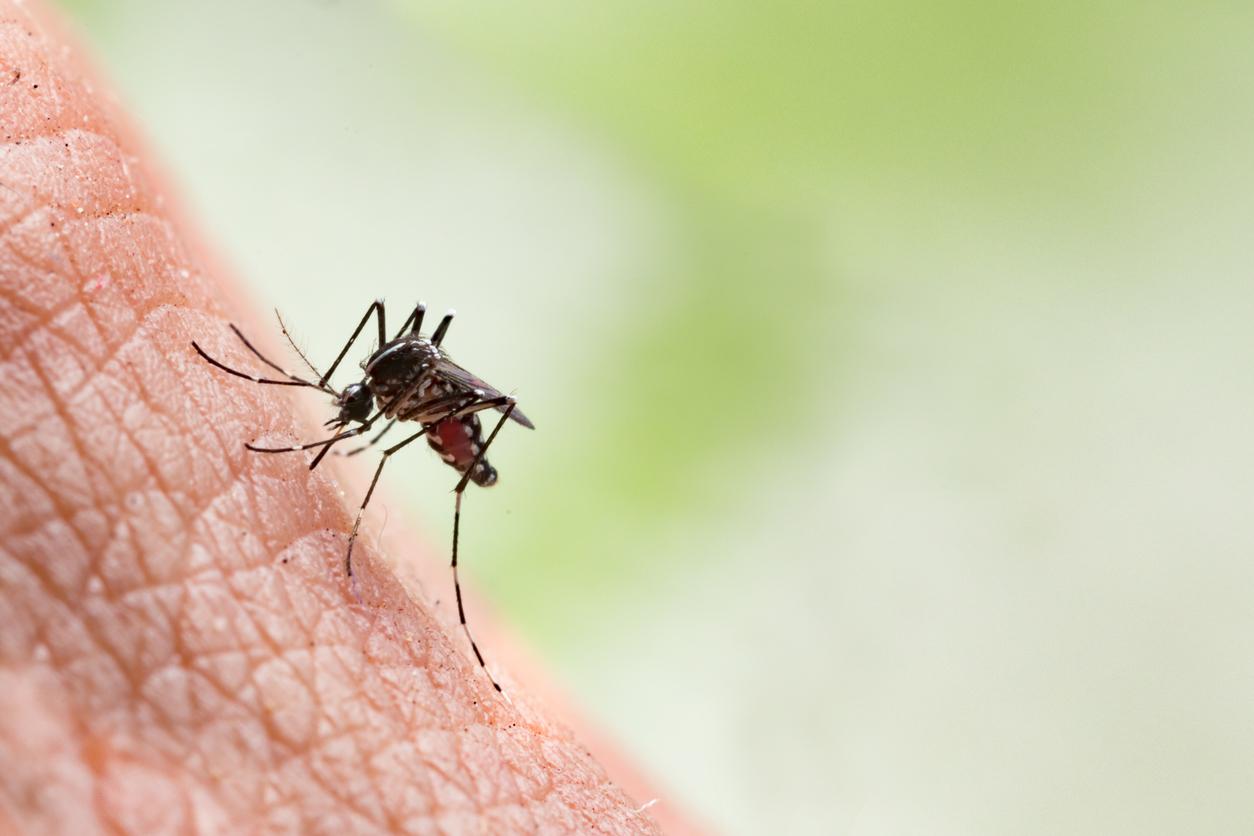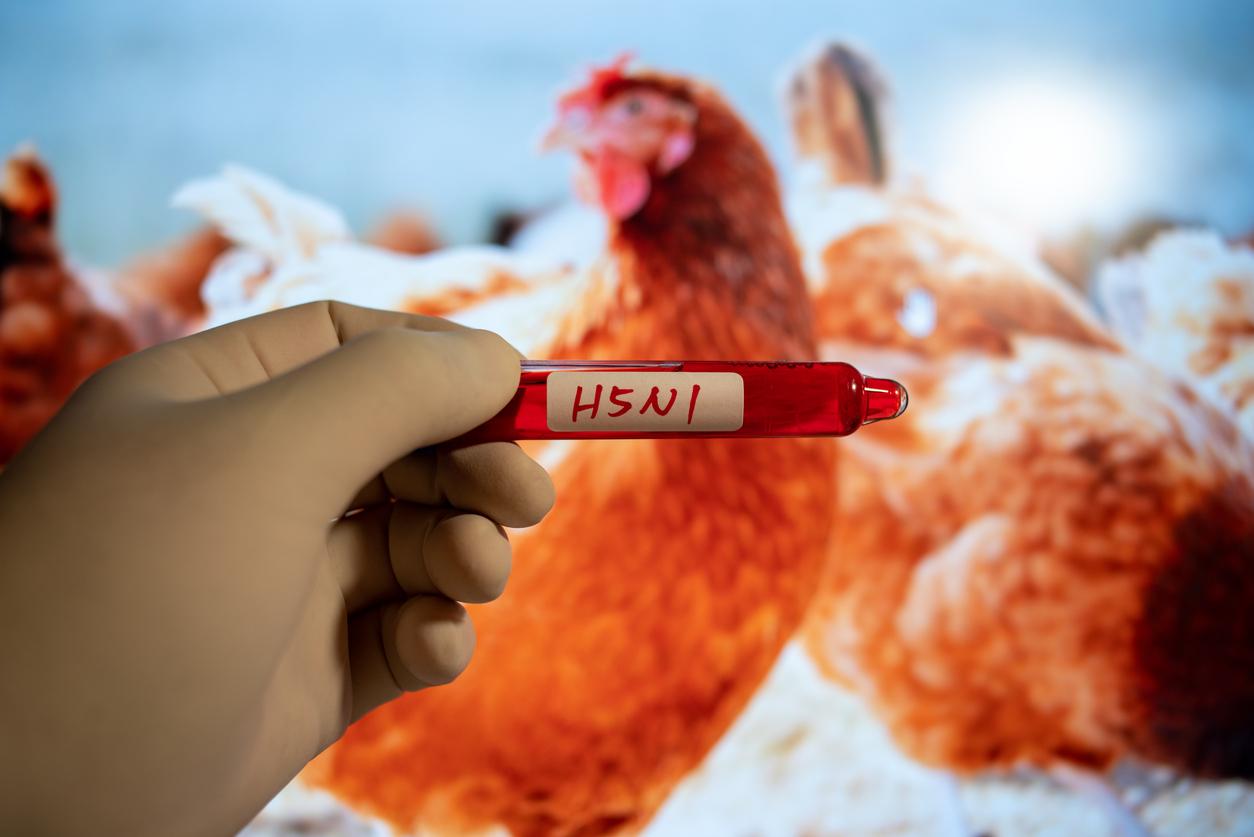In the European Union, cases of sexually transmitted infections have been increasing in recent years. Lymphogranulomatosis venereum (LGV) is one of the pathologies whose circulation is increasing.

- In 2022, cases of sexually transmitted infections increased in the European Union.
- Compared to 2021, there were 58% more cases of lymphogranulomatosis venereum.
- This STI can lead to the appearance of abscesses or even ulcers.
“A worrying increase.” The European Center for Disease Prevention and Control (ECDC) thus begins its annual epidemiological report on the state of sexually transmitted infections in the European Union. Data reveals an increase in cases of syphilis, gonorrhea and chlamydia, but also lymphogranulomatosis venereum (LGV) also called Nicolas-Favre disease.
An increase in cases of venereal lymphogranulomatosis in the EU
According to the report, in 2022, 2,059 cases of LGV were reported by 23 EU and/or European Economic Area member states, an increase of 58% compared to 2021 (where 1,302 cases were reported in the 23 countries). “Four countries (Spain, Netherlands, France and Belgium) accounted for 84% of all reported cases., specifies the document. It also says that almost all cases recorded in 2022 were reported in men who have sex with men.
What is lymphogranulomatosis venereal disease?
This sexually transmitted infection is caused by bacteria Chlamydia trachomatis (L1, L2 and L3). According to the ECDC, it is transmitted “through anal sex and possibly through practices such as fisting and the use of sex toys or enemas.”. The main symptoms of STI are rectal ulcerations, bleeding, discharge, constipation and abdominal pain.
According to MSD manualthe pathology develops in three phases: the first, after an incubation period of three days on average, is marked by the appearance of a small skin lesion, in the area known as “entry” of the bacteria. “The 2nd stage usually begins in men after about 2 to 4 weeks, with an increase in volume of the inguinal lymph nodes on one or both sides forming large, painful, sometimes fluctuating masses (buboes), is underlined on the site. Buboes adhere to deeper tissues and cause inflammation of the skin, sometimes with fever and feeling unwell.”
Others Symptoms may appear such as weight loss or fatigue. The last stage is characterized by the disappearance of the lesions but by the persistence of the inflammation: swelling of the genitals may remain.
How to treat lymphogranulomatosis venereal disease?
To establish a diagnosis, different tests can be carried out including a blood test or a PCR test carried out at the level of the lesion. If detected, the STI can be treated with antibiotic treatment. It lasts between three and four weeks, and PCR tests are carried out after the end of it to ensure recovery.
To avoid any contamination, it is necessary to use condoms. “In light of the increase in STI cases across Europe, individuals should take proactive steps to protect themselves and their partners, recalls the ECDC. (…) Since some of these infections may be asymptomatic and transmitted more unknowingly, it is important that sexual partners get tested before having sex without a condom.”
If in doubt, consult a doctor immediately for prompt treatment.

















